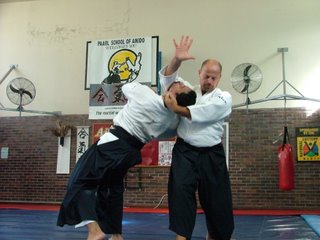TimingThis week I spent a lot of time in airport lounges as I traversed the length of this beautiful country flying from Cape Town in the South to Polokwane in the North, and back again. Only to return the following day to Johannesburg... And midway through the week was the start of a public holiday and an extremely long weekend for some. And that was when my timing failed me.
The exodus from Johannesburg began early on Wednesday afternoon, resulting in a traffic log-jam (and a miscalculation of the time required to get to the airport), and me missing my flight by about 7 minutes. It might as well have been 70! The result was the same - the cost of an overnight stay in an hotel; the frustration of being told that all 5 subsequent flights were oversubscribed and having my standby hopes dashed time after time; and the inconvenience of all those personal arrangements that had to be reshuffled. Now some 21 hours later, I am finally at 31,000 feet, winging my way home...
But it's got me thinking about the importance of getting your timing just right. Like most things in life, the Goldilocks principle (not too hot, not too cold, just right) applies. Get there too early and you risk frustration, boredom and the sense of a waste of time. Get there too late and you risk - well you already know what I risked... The aim is to get there just in time.
The central feature of Aikido -
kokyo-nage (breath power throw) - relies on 3 legs for its effectiveness: timing, body placement and relaxed breath power. Of the three, getting the timing just right is crucial to the effortless execution of the technique we see so often in the demonstrations by Aikido masters and senior grades.
Start moving too soon and you telegraph your intention to your attacker who simply needs to change tack to clobber you. Leave it too late and you are likely to be overwhelmed by the force of the attack. Getting the timing, like Goldilocks, just right requires a connection with
uke attacker) so that I move in the moment that the intention to attack me is actualised yet not completely formed. It means that I unsettle uke in that moment when s/he reaches for me by drawing her/him up or out.
Getting it 'just right' means maintaining the connection by matching the speed of the attack and blending body movements so that ultimately uke and tori (attacker and defender) move as one unit.
The effort tori puts in then becomes a higher level one - no longer merely physically ensuring that s/he is in the right place at the right time, but an effort at maintaining the connection with uke, nurturing the relationship... And when it is 'just right' the movement is beautiful to behold, easy to execute and a pleasure to enjoy.
So right now I'm going to sit back in to my seat, close my eyes and relish the fact that the pilot has just announced that he's gotten the timing 'just right' and that we'll be landing on time.
PS. Attached is another good reason to get the timing just right - the sunset in Polokwane just after we landed. Enjoy!!!
See you on the
tatami!!
(read this and my other blogs at aiki4life.blogspot.com)
